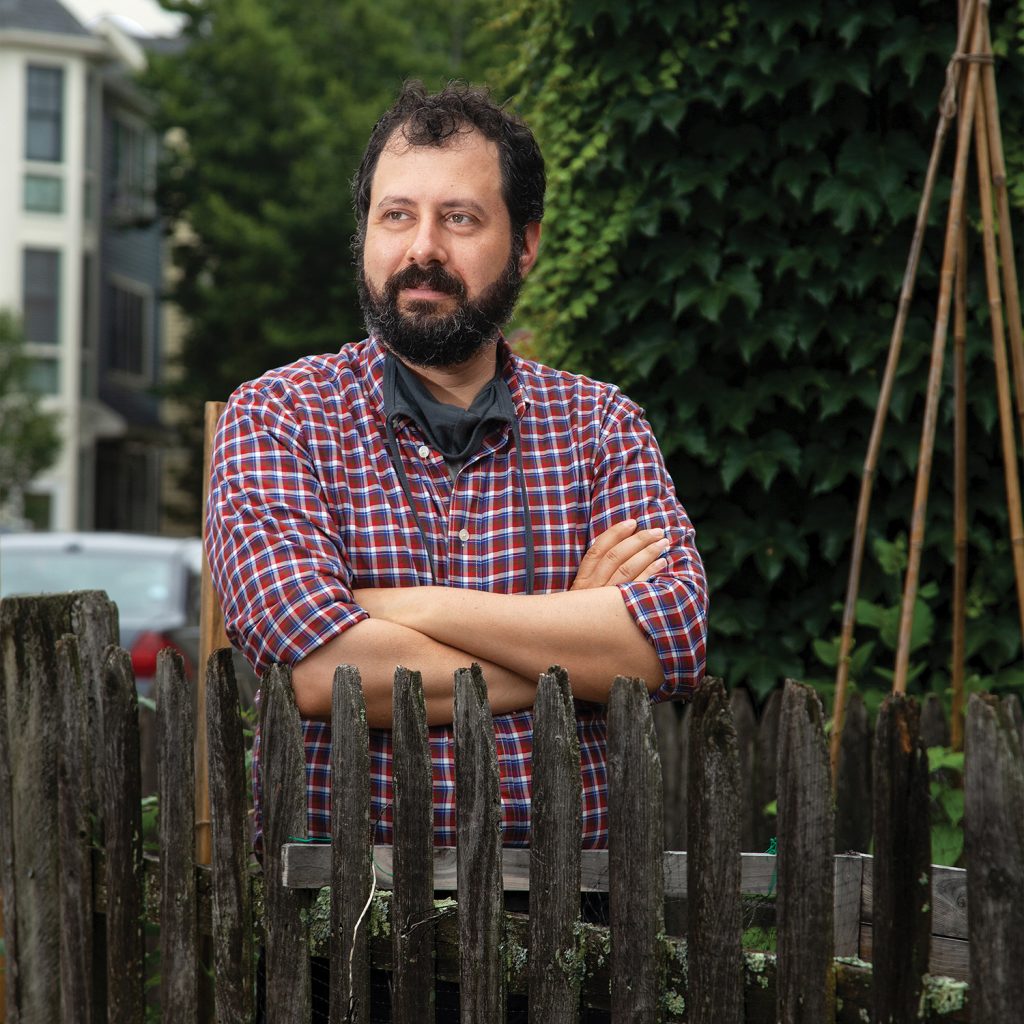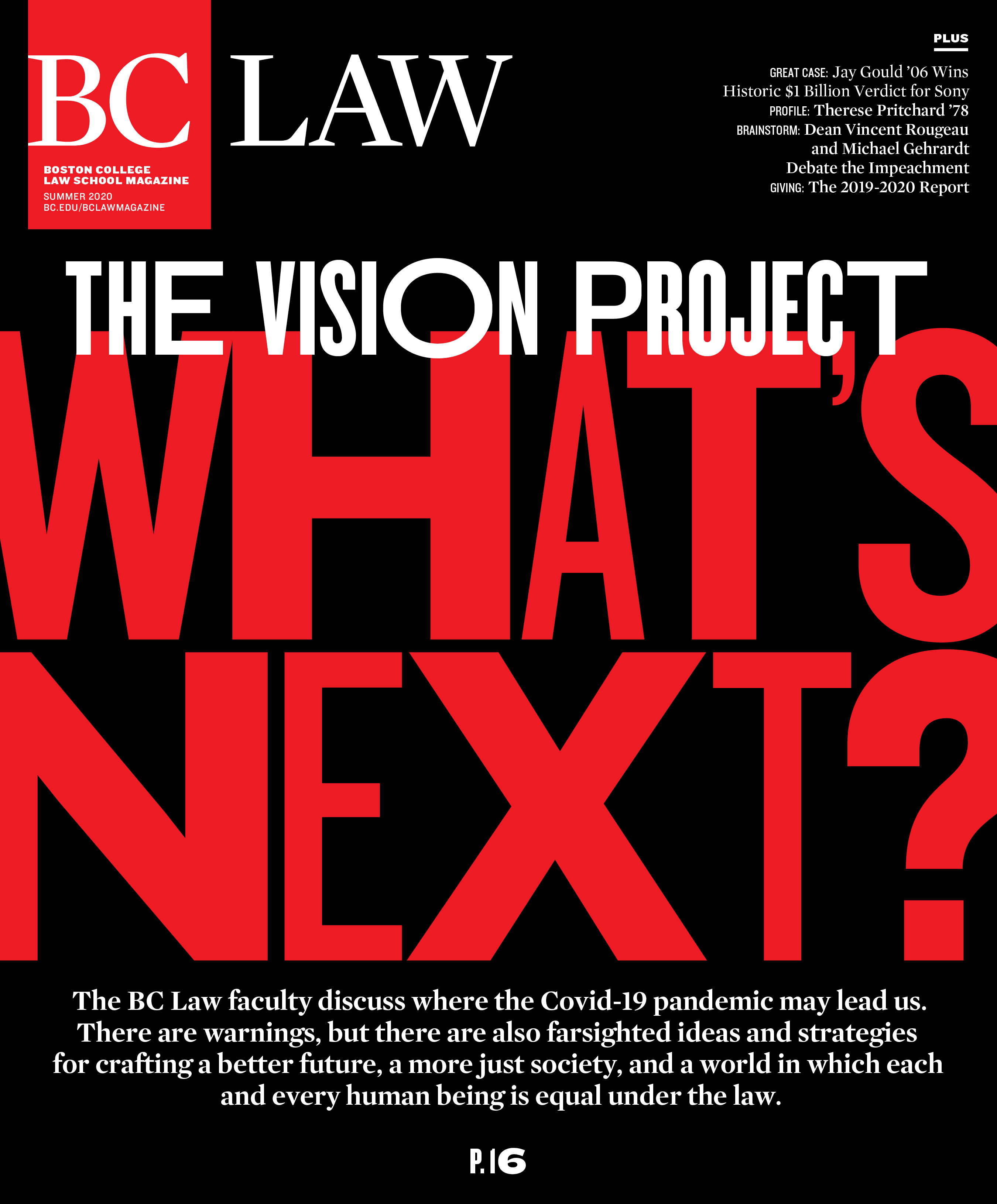Professor Daniel Farbman teaches and writes in the areas of local government law, legal history, constitutional law, the legal profession, civil rights, and property.
What has the pandemic revealed about the rule of law’s responsiveness in crises? That depends how you define the rule of law. By one definition, the rule of law involves institutional continuity and fidelity to the rules and norms built around those institutions. This “stability” conception has been eroding since Election Day 2016, and now, with the pandemic and protests, the process has accelerated. We see and feel the instability that is rocking the institutions that define a stability conception of the rule of law.
But there’s another way of thinking about rule of law. I’m drawn to a “participatory” conception, in which our fidelity to law is expressed in a prolonged commitment to, and participation in, debate and struggle over the most fraught and divisive issues.
Consider two transformational moments. In the 1850s, the compromise that had upheld slavery was dissolving. Then, with the Civil War, slavery collapsed. The war was not a product of anarchy but of a cataclysmic national debate. We could understand the war and the new, more inclusive national order that emerged from it as part of a struggle for a legal order that would be worth defending. Likewise (and less apocalyptically), the transformation wrought by the New Deal and World War II involved a radical overhaul of institutions that came out of the iterative, combative, but fundamentally participatory deep principles of American legal disputation.
It’s scary to let go of hope that the stability conception of the rule of law will preserve us from social and legal upheaval, but our collective response to the pandemic and the collective action in the streets to assert that black lives matter can allow us to draw hope from the deeper, participatory conception of the rule of law.
Will the pandemic produce a new understanding of constitutional law? As I teach constitutional law, I try to place the famous cases in historical context. You cannot understand Dred Scott without knowing about the toxic politics of the last years before the Civil War. You cannot understand Plessy without a picture of the forces that made Jim Crow possible. You cannot understand the Commerce Clause cases of the 1940s without knowing about the political crises of the 1930s and ’40s, and you cannot understand the modern courts’ cases without understanding how our national political imagination has shifted since the 1980s.
We shouldn’t be deceived into thinking that the Constitution, or constitutional law, will set boundaries on our national politics or policies. Rather, as we’ve seen with President Trump, fragments of what looks like law will be used opportunistically in the present.
Nevertheless, we live in a time where constitutional faith and constitutional traditions have a strong rhetorical and moral appeal. Understanding how to engage in the constrained discourse that is constitutional debate is a critical tool for those who want to leverage that rhetorical and moral power. But just as the Constitution was not, alone, a bulwark against slavery, civil war, depression, Japanese internment, Jim Crow, or caging children at our borders, neither is it alone enough to fall back on in this time of extreme unsettlement.
What’s your vision for a post-pandemic world? I prevously worked with groups that were struggling to end racial disparities in school discipline, reduce segregation, close achievement gaps. Their most precious resource was energy and collective power. Five students in a small meeting with a superintendent could be waved away; five thousand students walking out of school demanded attention.
This is the lens through which I view the promise of the present moment. The pandemic has destabilized our comfortable routines and made us pay attention to concerns that we might otherwise be too busy or numb to engage with.
The historian in me knows that times of transformation have their limits. After just a few years, Reconstruction met the buzz saw of white supremacy and Jim Crow. The gains of the civil rights movement were stalled by resistance in the 1970s. In my most pessimistic moments I see, with Derrick Bell and others, a cyclical trap of progress and regression.
But this is not a moment for pessimism, and so I choose to see the present unrest and uprising as a monumental chance to transform systems that months ago had seemed unchangeable. Defunding the police was a fringe position in January; in June it’s a topic of pragmatic debate. Universal health care was a much-gnawed-on abstraction in January; now it’s clear that health care must emerge transformed from the pandemic. We’re standing in the most terrifying and optimistic moment of legal and social transformation. It is in moments like this that transformation happens, through the hard work of those who dare to imagine utopian futures.
To read other pieces in this issue’s The Vision Project, click here.



